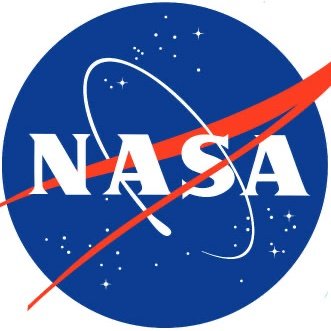
NASAOcean
@NASAOcean
Followers
10K
Following
619
Media
1K
Statuses
2K
We are a group of innovators working on sustainable solutions to support our planet’s largest ecosystem: the ocean. Verification: https://t.co/hdgP5Nu8RK
🌊
Joined September 2015
It's time to say goodbye. Thanks for commenting, liking and sharing. At the end of the month, this page will deactivate and move over to the @NASAEarth page.
2
0
9
Let’s celebrate World Oceans Day by exploring the beautiful colors and vibrant life of our oceans! Imagery from the #PACE satellite allows us to see Earth’s ocean life from a new perspective by tracking color changes from phytoplankton.
2
0
6
RT @NASAEarth: Small features, big science! 🌊. Data from the SWOT satellite reveals how small ocean features, some just a mile across, may….
0
121
0
RT @NASAEarth: Scientists are using NASA satellite data to map tiny red zooplankton, the food source for one of Earth’s rarest mammals: the….
0
37
0
RT @NASAEarth: These beautiful, spiraling currents play a big role in Earth’s climate!🌀🌊. These are Agulhas Rings. They carry salt and heat….
0
212
0
RT @NASAEarth: What’s for dinner? 🍽️. Tune in to the latest episode of @nasa’s Curious Universe podcast to learn how one long-running satel….
0
33
0
RT @NASA: It's almost Earth Day. Let’s celebrate our home planet from a unique viewpoint – space!. Use our “Your Name in @NASA_Landsat” app….
0
519
0
RT @NASA_Johnson: “When you look at the Earth from space, you realize that our planet is a beautiful, interconnected system. We are all in….
0
432
0
RT @NASAEarth: NASA has landed on the Moon, driven robots across Mars & peered into the depths of time and space… But we don’t have to look….
0
46
0
RT @NASAEarthData: If you love PACE like we do, then check out the new PACE Land data Users' Group! 🛰️🌏.
0
11
0










